The Kinematics dress, created by generative design studio Nervous System, is, in all cliches, not your average piece of fabric. For starters, the Museum of Modern Art recently acquired the fashionable objet d'art, along with the app that goes with it, adding it to the institute's growing collection of contemporary design products. Secondly, the dress is made from four dimensional printing technologies, meaning it's a 3D-printed object meant to "change shape or automatically reassemble" according to its environment.
Nervous System (est. 2007), Jessica Rosenkrantz (American, born 1983), Jesse Louis-Rosenberg (American, born 1986). Kinematics Dress. 2013. Laser-sintered nylon. Image courtesy of Steve Marsel. The Museum of Modern Art, New York. Committee on Architecture and Design Funds.
"We refer to Kinematics as a 4D printing system because it generates compressed objects that unfold into their intended shape after printing," creative director Jessica Rosenkrantz told Dezeen. "The garments that we've designed can only expand to their full size after being removed from the printer and they do so automatically, no assembly is required."
The dress is composed of thousands of interlocking pieces (2,279 unique triangular panels interconnected by 3,316 hinges, to be exact), taking the shape of a single folded nylon garment. The dress is entirely customizable, and is able to conform and move according to a body's flexibility. "This textile is not uniform," Nervous System explains, "it varies in rigidity, drape, flex, porosity and pattern through space."
The coordinating app allows anyone to design a Kinematics work, printed by Shapeways, "from an uploaded 3D body scan, selecting the size and shape of the modules and 'painting' them onto the dress or skirt in real-time," C-Net writes. Not only are the resulting garments verifiable works of art, they are part of a movement that seemingly democratizes the way we produce boundary-pushing fashion.
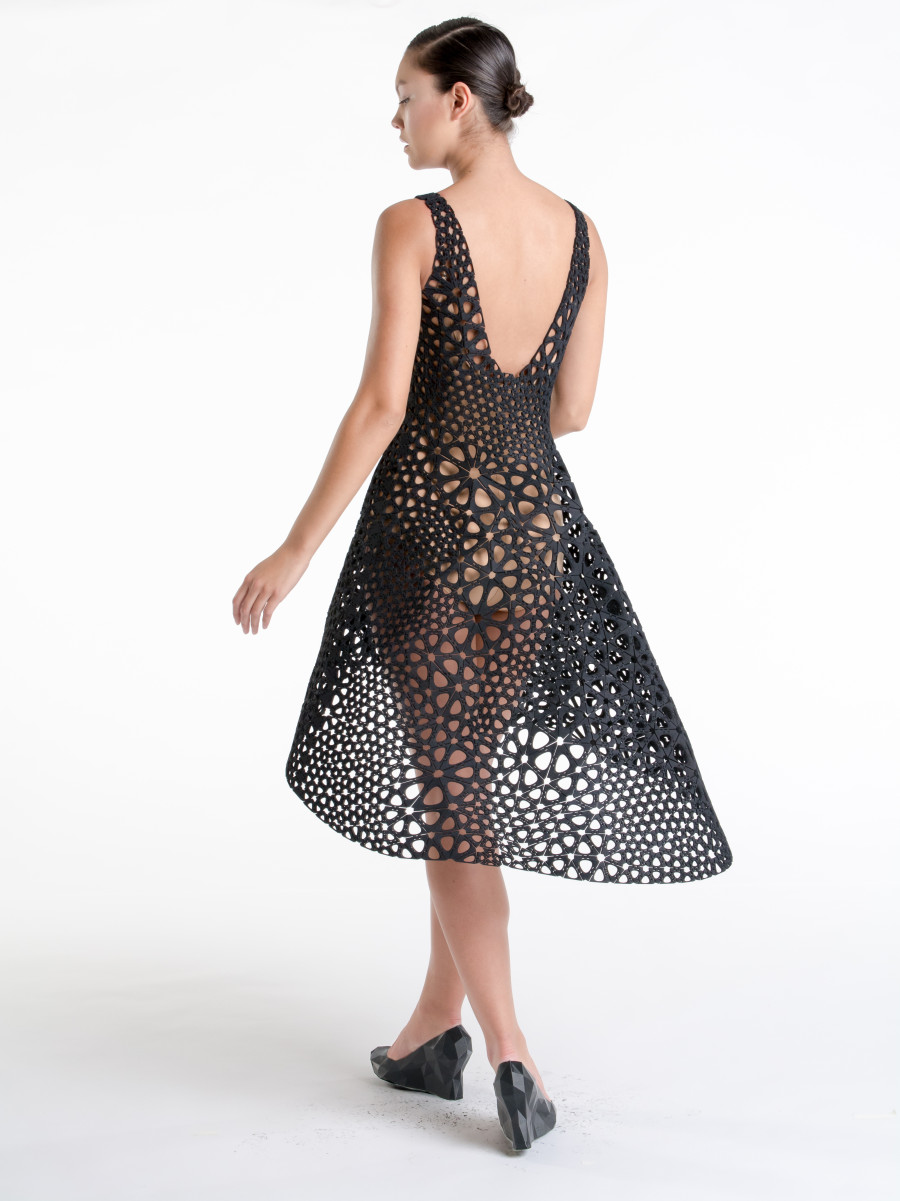
The Kinematics dress will go on view at MoMA as part of the upcoming "This Is for Everyone: Design Experiments for the Common Good," debuting on February 14, 2015. The title of the show takes its name from British computer scientist Tim Berners-Lee -- you know, the inventor of the World Wide Web -- who tweeted the message as part of the Olympic opening ceremonies in London in 2012. While Berners-Lee's quote emphasizes the possibilities of information sharing across the internet, "This Is for Everyone" questions the sentiment through a series of design products that challenge the universality of that potential.
"We sometimes forget that new technologies are not inherently democratic," MoMA wrote in a press release for the exhibition. "Is design in the digital age -- so often simply assumed to be for the greater good -- truly for everyone?"
-----
EyeWriter
Zach Lieberman (American, b. 1977), James Powderly (American, b. 1976), Evan Roth (American, b. 1978), Chris Sugrue (American, b. 1978), TEMPT1 (American), and Theo Watson (British, b. 1981). EyeWriter. 2009. openFrameworks and custom software, eyeglasses, PlayStation Eye camera, IR pass filter, IR LEDs, battery clip, resistor, zip ties, and metal wire. 7 7/8 x 5 7/8 x 1 15/16″ (20 x 15 x 5 cm). Image by the EyeWriter Team. The Museum of Modern Art, New York. Architecture & Design Purchase Fund, 2011.
Arduino “Diecimila” Microcontroller
Massimo Banzi (Italian, born 1968), David Cuartielles (Spanish, born 1974), Tom Igoe (American, born 1967), Gianluca Martino (Italian, born 1973), David Mellis (American, born 1980), Giorgio Olivero (Italian, born 1975) . Arduino “Diecimila” Microcontroller. 2004‑2005. Electronic components. 2.7 x 2.1″ (5.3 x 6.9 cm). The Museum of Modern Art, New York. Gift of the designers
DIY Gamer Kit
Technology Will Save Us (est. 2012). DIY Gamer Kit. 2013. Circuit board, electronic components, LED screen, open-source software library. Assembled kit: 4 1/2 × 2 3/4 × 2 1/4″ (11.4 × 7 × 5.7 cm), Box: 5 7/8 × 8 × 2 1/4″ (14.9 × 20.3 × 5.7 cm). The Museum of Modern Art, New York. Gift of the designers
Endless Flow Rocking Chair
irk Vander Kooij (American, born 1983). Endless Flow Rocking Chair. 2011. Recycled plastic. 31 1/2 x 16 9/16 x 26 3/4″ (80 x 42 x 68 cm). The Museum of Modern Art, New York. Architecture & Design Purchase Fund.
My New Flame Lamp
Moritz Waldemeyer (German, born 1974), Manufacturer: Ingo Maurer GmbH, Germany (est. 1966). My New Flame. 2012. Plastic, LEDs and chromed steel. Base: 1 × 3 3/4 × 3 5/8″ (2.5 × 1.9 × 9.2 cm), Light element: 16 3/4 × 1 × 1/8″ (42.5 × 2.5 × 0.3 cm). The Museum of Modern Art, New York. Gift of the manufacturer.
Color Chaser
Yuri Suzuki (Japanese, born 1980).
Color Chaser. 2010-2013. Plastic and electronics components. 1 15/16 × 5 1/16 × 5 1/16″ (5 × 12.8 × 12.8 cm). The Museum of Modern Art, New York. Gift of the designer.
Bioresin and cherry wood barstool
Marjan van Aubel (Dutch, born 1985), James Shaw (British, born 1987), Transnatural (est. 2009), Arjen Bangma (Dutch, born 1976). Well Proven Stool. 2014. Bioresin and cherry wood. Barstool: H 790 x L 400 x W 350mm, Stool: 640 x L 400 x W 350mm. The Museum of Modern Art, New York. Committee on Architecture and Design Funds. Image courtesy of Floor Knaapen.
Multi-material 3D Bitmap Printer
Neri Oxman (American, born Israel 1976), Mediated Matter Group (est. 2010), Massachusetts Institute of Technology, Cambridge, MA (est. 1861), W. Craig Carter (American, born 1961), MIT Materials Science and Engineering (est. 1974), Stratasys (est. 1989). Imaginary Beings (Medusa 2). 2012. Objet Connex500 Multi-material 3D Bitmap Printer, colored digital powders & materials. The Museum of Modern Art, New York. Committee on Architecture and Design Funds
Concept and initial design by Yuri Suzuki (Japanese, born 1980). Development and design by Dentaku Ltd of Mark McKeague (Irish, born 1989), Joseph Pleass (United Kingdom, born 1990) and Yuri Suzuki. Illustration by Naomi Eliott (United Kingdom, born 1987). Manufactured by Dentaku Ltd. Ototo. 2013. Printed circuit board. 4 1/2 × 2 15/16 × 3/8″ (11.5 × 7.5 × 1 cm). The Museum of Modern Art, New York. Gift of the designers.
Jay Silver (American, born 1979) and Eric Rosenbaum (American, born 1979). MaKey MaKey. 2012-2014. Electronic components. 9 x 3.8 x 1.8” (22.9 x 9.7 x 4.6 cm). Image courtesy of JoyLabz. The Museum of Modern Art, New York. Gift of JoyLabz.
-----
You can see a preview of the other pieces on view in the exhibition below.
fonte: @edisonmariotti #edisonmariotti http://www.huffingtonpost.com/2015/01/09/kinematics-dress_n_6439750.html
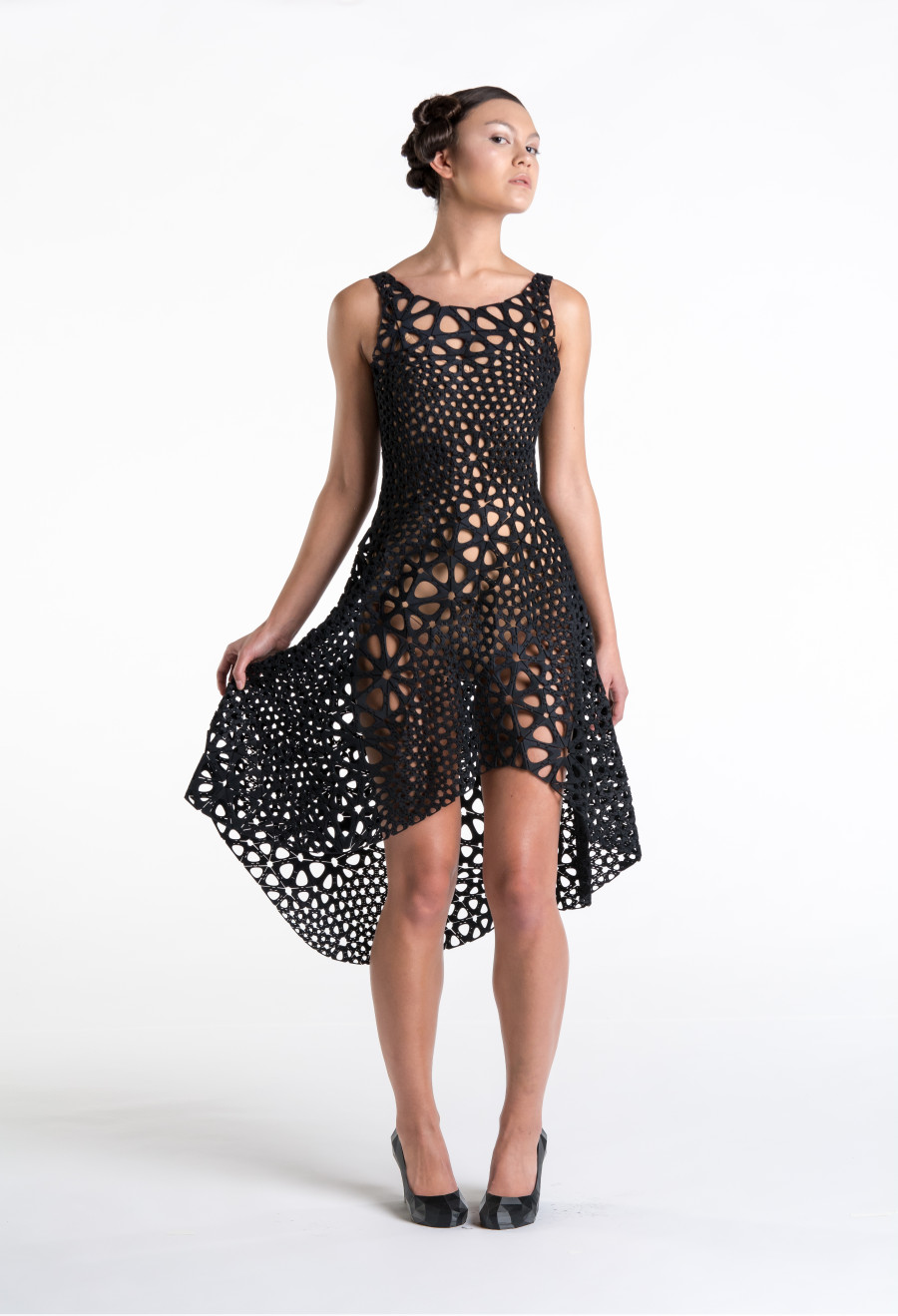
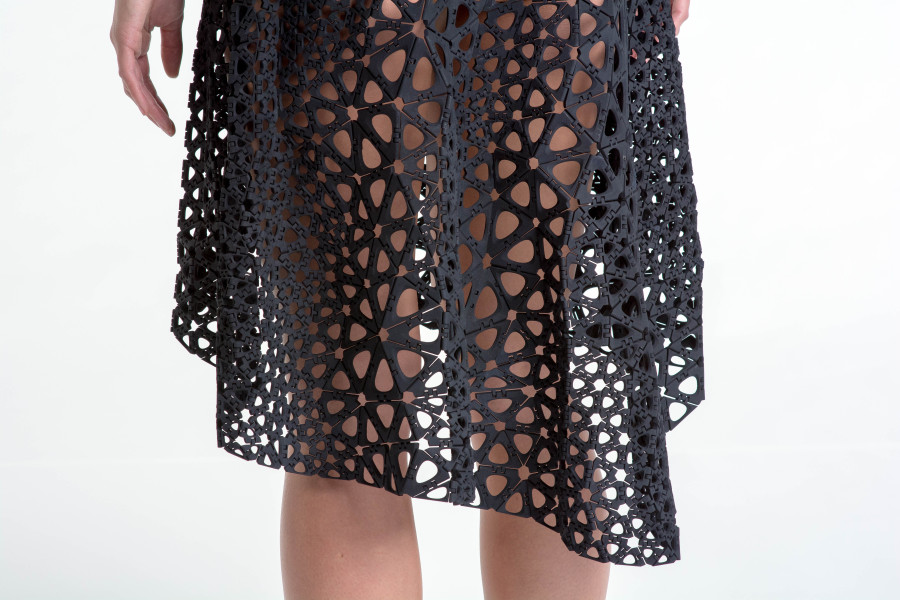


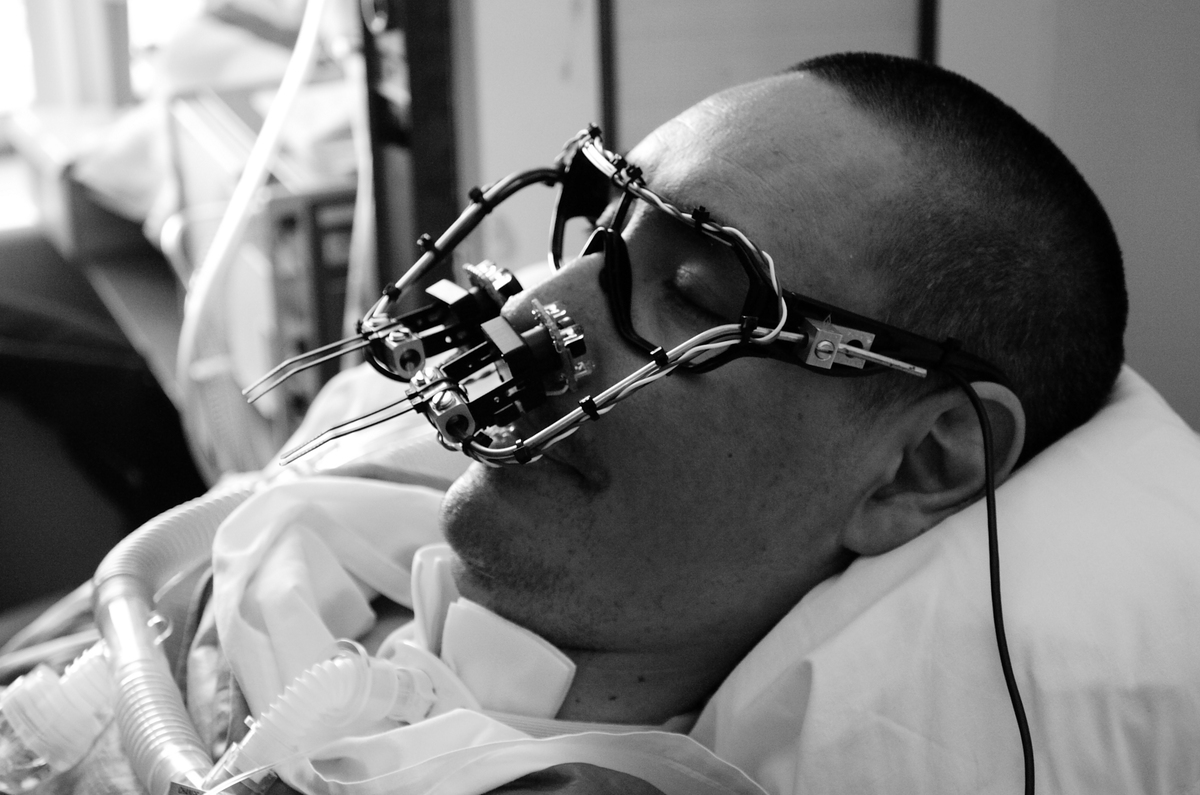
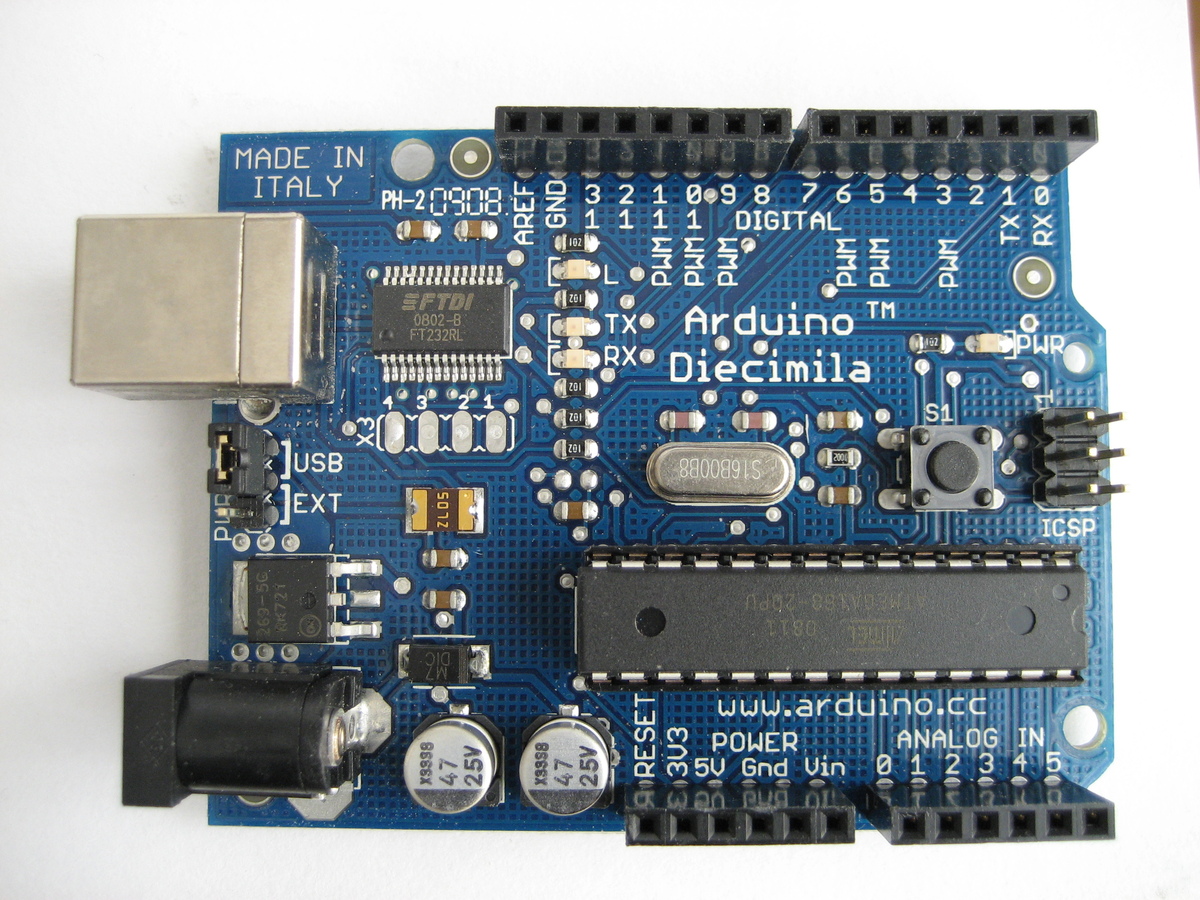
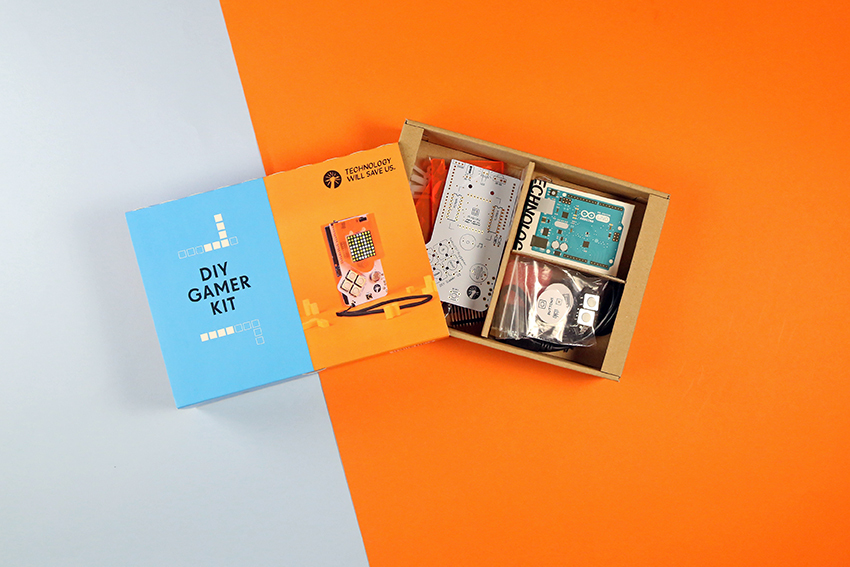
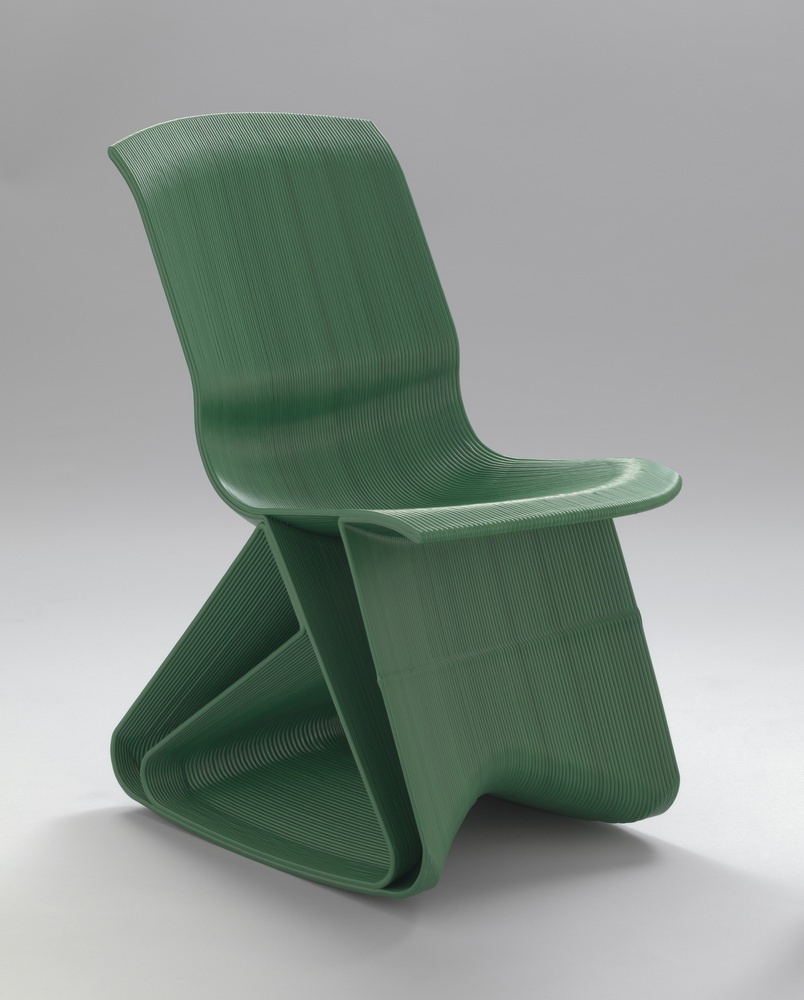
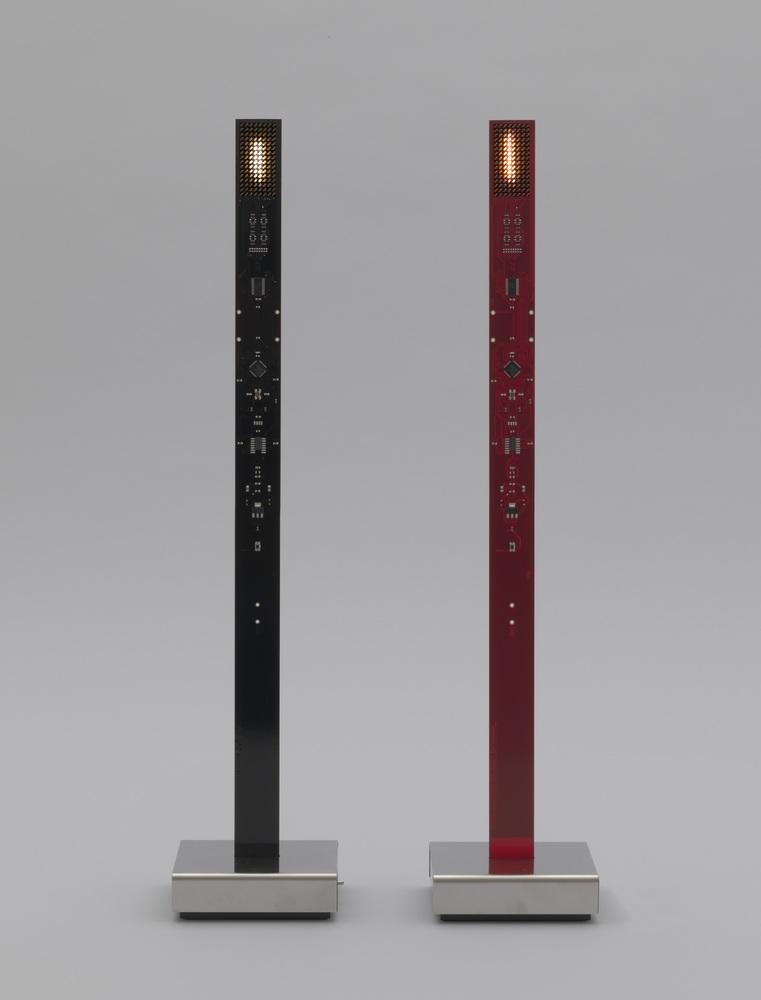

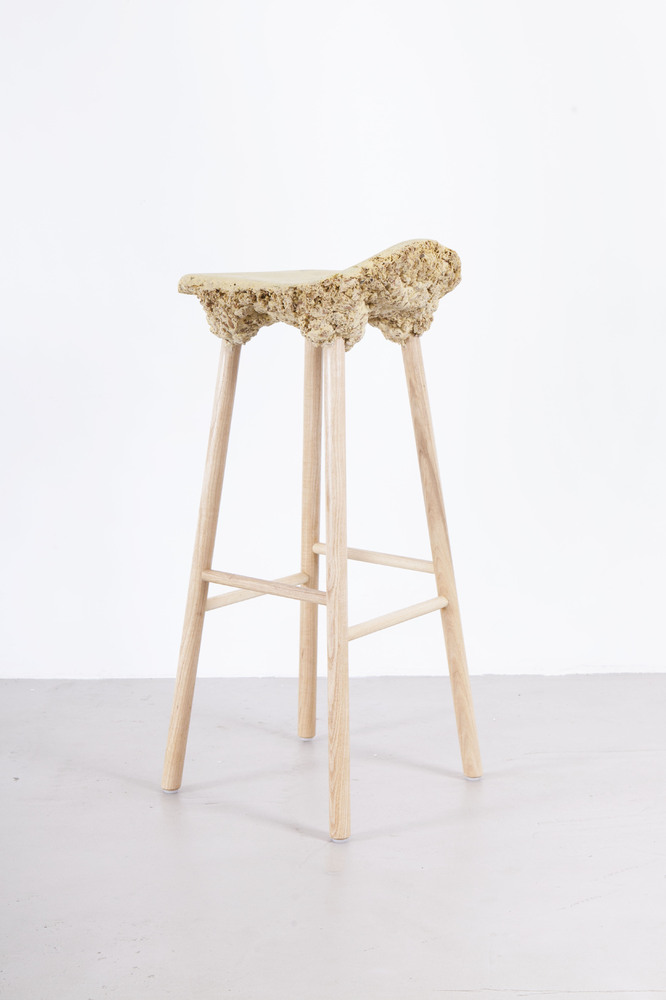
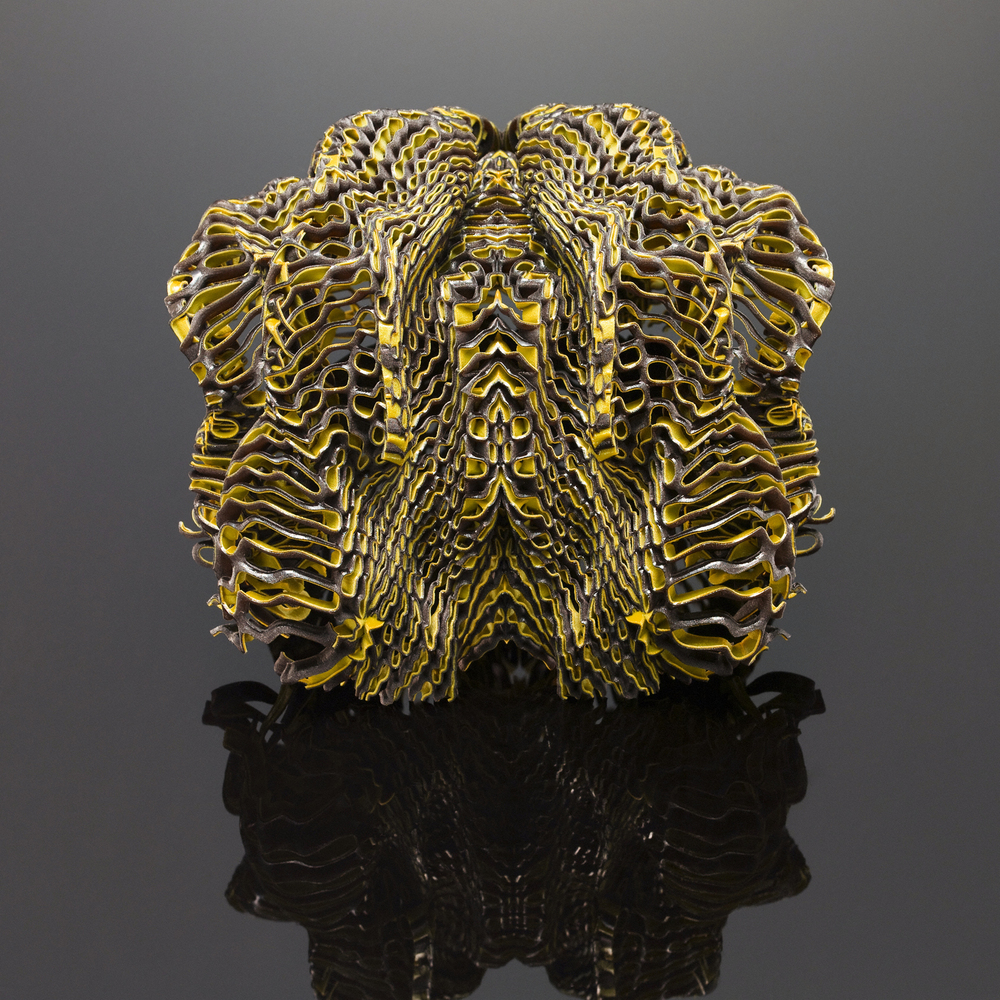
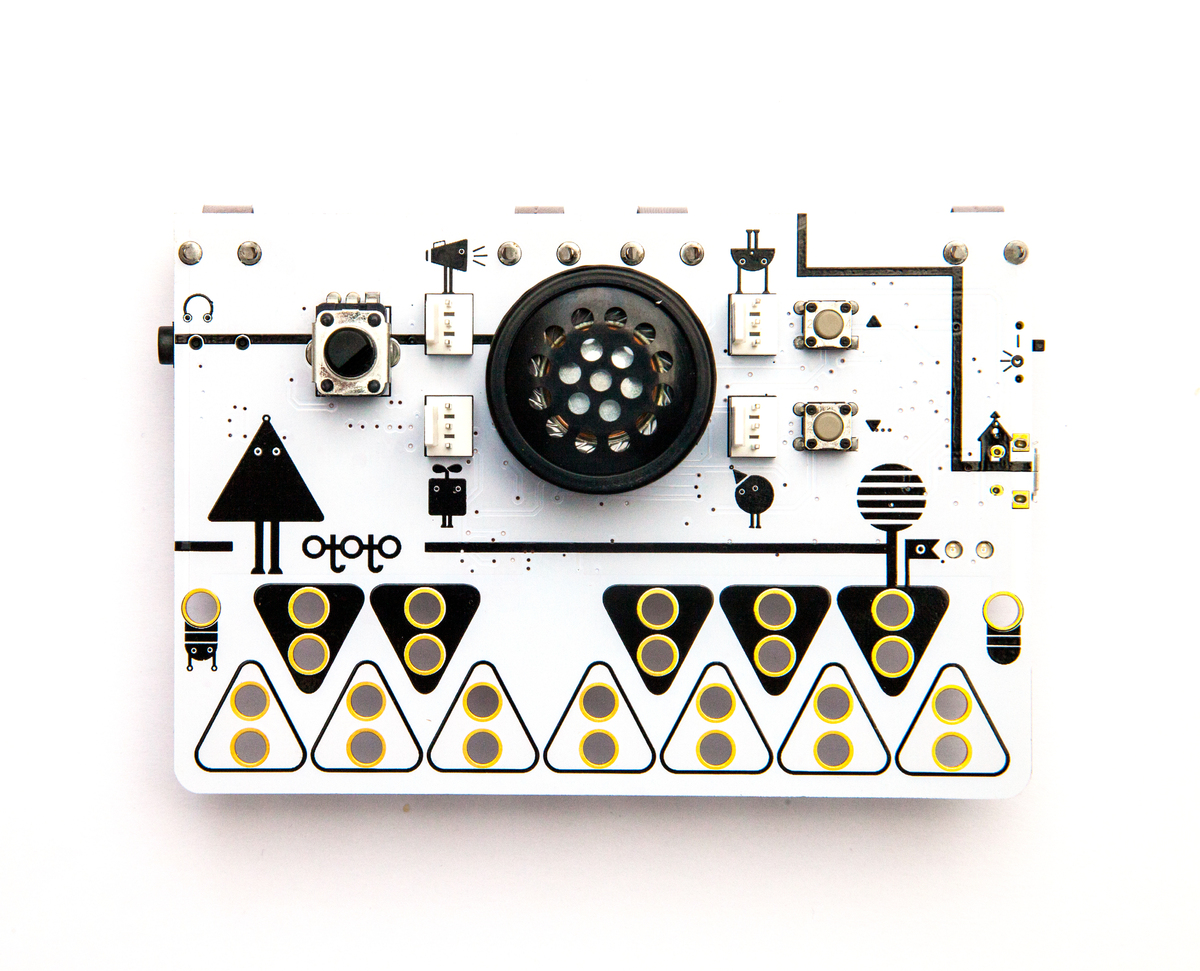

Nenhum comentário:
Postar um comentário